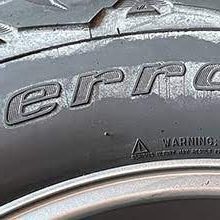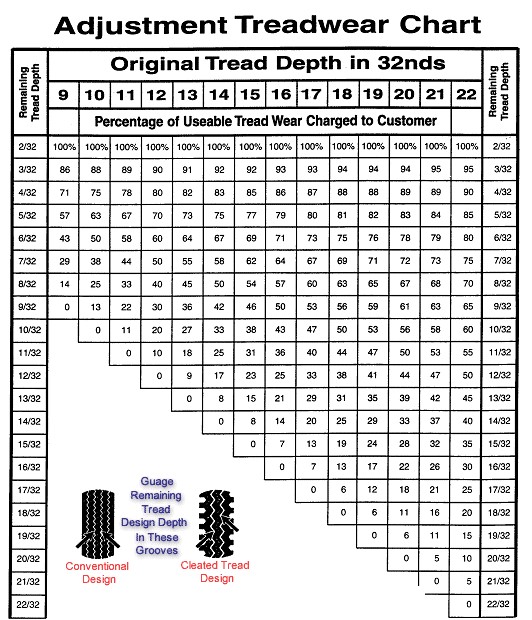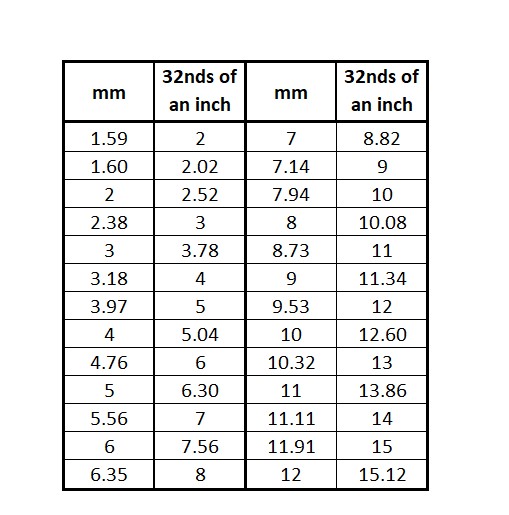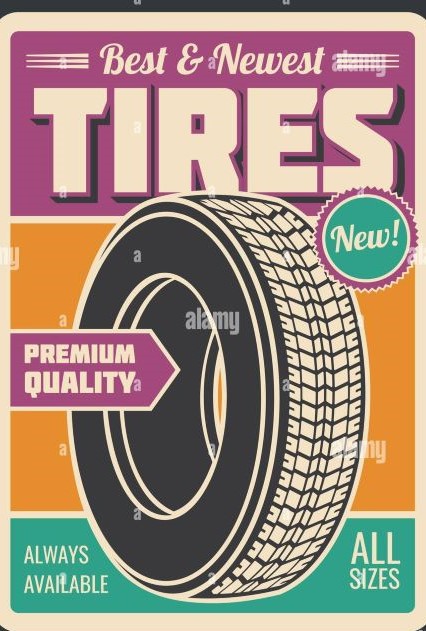Tire Warranties
When browsing the internet, I frequently come across folks with a tire problem and wondering if the tire is covered under warranty. This article is an attempt to answer that question.
Pro Tip
Call the tire manufacturer if you have a warranty situation. Not only will they guide you to a tire dealer who can handle the situation, but they will get the process started, indicating to the tire dealer that you are serious. It is an unfortunate fact of life that some tire dealers don’t do warranty work. For some, it’s just a pain in the neck, and by contacting the manufacturer first, the tire dealer you are sent to is more or less obligated to follow through.
But you will need some information before you make the call:
- Tire size and model. Get the whole model name.
- The serial number would be helpful. I tell you how to find it here.
- Date of purchase. You should have put the receipt in the glove box.
- How many miles on the tires. For that, you will need your current odometer reading.
The Magnuson-Moss Warranty Act

We need to talk about the Magnuson-Moss Warranty Act.
This US law, which covers much more than just tires, is supposed to prevent the abuse that had previously been encountered in how warranties were handled – in particular, denying warranty coverage for no apparent reason.
Among the many things that the law does is require retailers and manufacturers to be explicit as to what is covered by the warranty – and the part that is important here – to require a reason for warranty denial, if that is what happens.
Many people think that the law requires PROOF that the product does not meet the warranty provisions—and not only is that not part of the law, but that’s what the courts are for.
Here is a link to the Wikipedia article on the act:
Wikipedia: The Magnuson-Moss Act
If you do not live in the US, there are likely similar laws, but do not assume it is similar.
The obligatory: I am not a lawyer, but I did work in the warranty department for a major tire manufacturer for a long time. I was the final arbitrator for deciding if a tire was covered by warranty or not, and I worked closely with the company attorneys to be sure I was in compliance with the law.
So what you read here is not legal advice. It is my opinion on what the law says—and doesn’t say.
Tire Warranty Provisions
Tire warranties can be broken down into different provisions—each provision covering a different element of what is covered. Further, tire warranties don’t vary much between tire manufacturers. They tend to be the same. The major difference will be what provisions are included. Even within a given manufacturer, the provisions included won’t be the same. It will vary by tire model.
But tire warranties are written by lawyers, so they are long-winded and complicated. When I read them, it’s hard not to be overwhelmed. With that in mind, let’s go through those provisions.
Materials and Workmanship
This is the basic part of the tire warranty. It covers both the structural integrity of the tire, as well as the appearance of the tire.
Usually, there is a time limit:
- Usually 1 year for appearance and vibration issues
- Usually 6 years for structural issues
That means “dry rot” is only covered for 6 years. It also means that tire failures are also only covered for 6 years. And frankly, if the consumer hasn’t picked up on a vibration in 30 days, they just aren’t paying attention, but I’ll grant that it make take a few months for some appearance issues to surface.

Exclusions:

I hate having to point this out, but there are some things that will disqualify a tire from a warranty situation:
- Punctures
- Damage due to a car accident
- Impact Damage
- Cuts, abrasions, snag, and the like
- Damage from the above—directly and indirectly
- Contamination
- Tires used in commercial service, like taxis and minibuses
And many more. Consult the warranty pamphlet.
Treadwear
Also known as Mileage Warranty, this provision covers how much distance you COULD get from your tires and what happens if that doesn’t happen. The vast majority of people will not be able to utilize this provision in the warranty—for a variety of reasons. That’s because most tire wear occurs when cornering, and more corners taken, the fewer the miles a tire will deliver.
So why offer a mileage warranty if hardly anyone can get coverage? Because tire retailers LOVE them!! They give the sales folk something to sell.
Usually, the warranty requires regular rotation and excludes tires with uneven and/or irregular wear.
Pro Tip
Buy tires based on the UTQG rating, not the mileage warranty. The UTQG treadwear rating is based on a test compared to a control tire, that is the same regardless of the tire brand.
Pro Rata
This is Latin for “In Proportion”. The principle in law is that if there is a problem, the consumer should be “made whole”—that is, put back where they were. So if the product is supposed to last 10 years and it only lasts 7, then “making the consumer whole” is 3 years’ worth. What it doesn’t mean is a new product for free.
The same applies to a tire, except it is the remaining life left on the tire as measured by the tread depth remaining.
That’s where the chart to the right comes in. It is used to make the math easier.
But for the treadwear warranty, the miles used is compared to the warranty stipulation.
In both cases that percent is applied to the cost of next set of tires.

The next set usually has to be the same model—or something very similar—but a good retailer will work out the details so the consumer can get any brand/model.
And the percent only applies to the cost of the tires themselves, not the tax, mounting charges, etc.
Side Note
Not all tires have treadwear warranties. OE (Original Equipment) tires—the ones that come on new cars from the assembly plant—usually don’t have a mileage warranty. That’s because the car manufacturer didn’t purchase it, opting instead to get the reduced cost. This is unfortunate, as many OE tires have wear issues.
Please note: There are a few exceptions. Officially, the mileage warranty only applies to tires that have worn down to the wear bar (2/32nds = 1.6mm), but a deal can be worked out if all the tires are worn to at least 4/32nds (3mm).
Further, the warranty usually specifies the adjustment is for the same or similar tires from the same manufacturer—but a sharp dealer can usually make other things happen. So stay on the good side of the tire dealer.
In the US, tread depth is measured using 32nds of an inch—which seems like an unusual increment. Plus, 2/32nds is expressed as “2/32nds”, not “1/16th”. But the rest of the world uses metric units (mm) for tire tread depth.
So I made up a chart.

Additional Provisions
The following items are not technically part of the warranty, but it is not uncommon for these to be lumped into the warranty pamphlet. I’m including them for completeness sake.
Road Hazard and Roadside Assistance
There are quite a few variations, so read the warranty for the details. Please be aware that many of these are offered by the tire dealer and not the tire manufacturer.
Sales Inducements
I don’t have better words to describe these, but these are provisions so the consumer can try the tires out for 30, 60, etc. days and return them if they don’t like them. Typically, this is more of a problem for the tire retailer, because he is on the hook for at least some of the cost of mounting and balancing.
Tips for Those with Warranty Issues
- Call the tire manufacturer first. Not only will they explain how this works, but they will be able to direct you to a tire dealer that is likely to handle the situation. It is an unfortunate reality that some tire dealers don’t do warranty work.
- Be firm, but respectful, avoiding argumentative verbiage. This goes a long way towards encouraging the tire dealer/manufacturer to be accommodating.
- If your intention is to change brands, communicate that only to the dealer, not the manufacturer. Warranties are written by the tire manufacturer, but implemented by the tire dealer.
